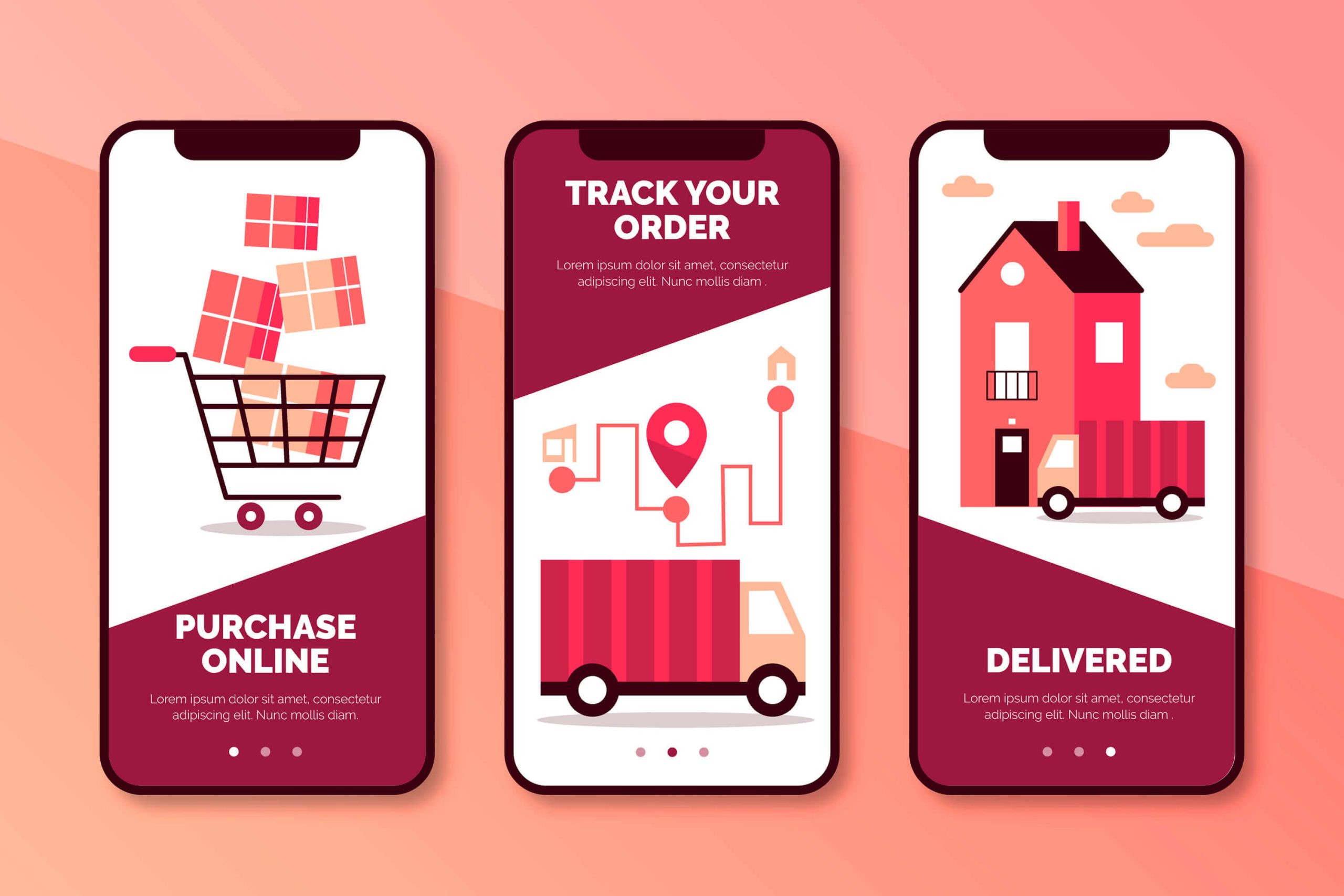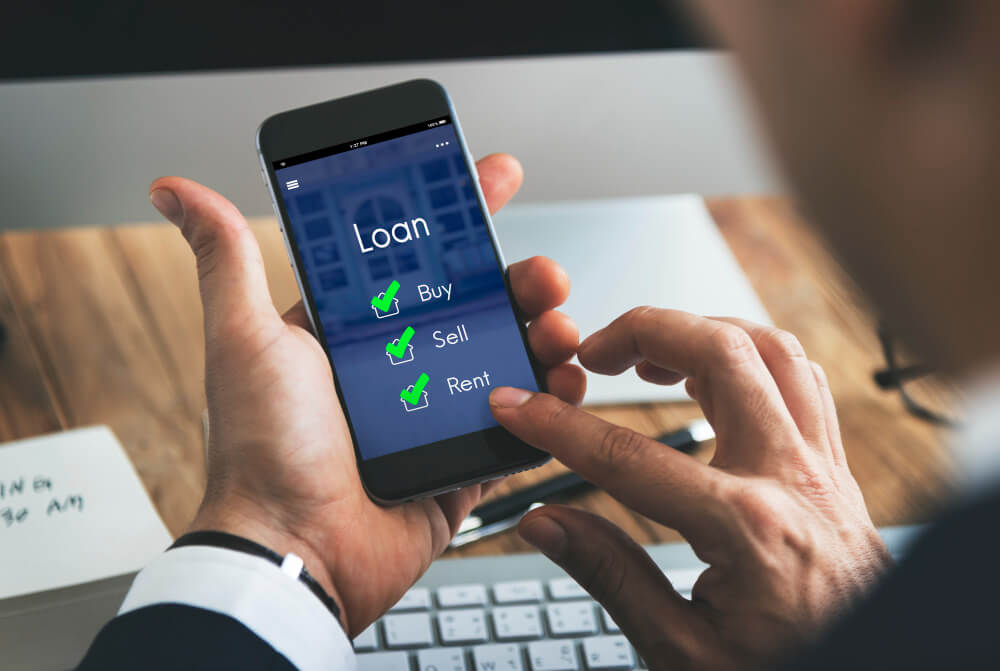Courier delivery app development is no longer limited to eCommerce giants. From legal documents to groceries, businesses and individuals now expect real-time, on-demand courier delivery app development with minimal friction. If you’re planning to launch a courier service application, your app needs to go beyond just “track and deliver.”
As a leading courier delivery app development company in India & USA, we have worked with business worldwide. With firsthand experience and an expert team of developers, we have provided a wide range of on demand delivery apps.
This guide walks you through the courier delivery app features your application must include to meet customer expectations and stay competitive. From real-time driver tracking and automated dispatch to electronic proof of delivery (ePOD) and seamless customer notifications—these core features are no longer optional; they’re essential for running a successful courier service.
8 Essential Features to add in a Courier Delivery App Development
With the growing demand, building couriers or parcel delivery apps has become an investment. However, you need to add features that are not only helpful to users but for your own operations. Here are some of the must have features for on demand courier delivery apps.
1. AI-Based Delivery Route Optimization: Cutting Time Without Manual Input
AI can analyze real-time traffic, delivery windows, and parcel priority to automatically select the most efficient route. Unlike static mapping tools, these systems learn over time, reducing delivery time and saving fuel, which directly increases margins.
As a leading AI development company, we can help you integrate AI features in your courier delivery app development to improve functionalities and overhead costs.
Related features:
- Traffic-aware routing suggestions
- Batch delivery clustering
- Real-time re-routing for delays or last-minute changes
Real World Use Case:
Onfleet’s AI-driven route optimization helped Imperfect Foods scale grocery deliveries across multiple U.S. cities. According to their case study, the platform enabled coordination of hundreds of drivers and routes, significantly improving efficiency and expanding service to over 200,000 customers nationwide.
(Source:OnFleet)
2. Live GPS Tracking: The Backbone of Delivery Transparency
Users expect to track every delivery in real time. GPS tracking allows customers to see where their package is and when it will arrive, reducing “where is my parcel?” support calls. When you include this feature with a courier tracking application, it can improve customer experience.
Related features:
- Map-based driver movement
- ETA display with traffic-adjusted timing
- Driver contact and ID details
Real World Use Case:
DHL’s SmartPOD (now included in its mobile app) integrates real-time GPS parcel tracking, enabling customers to view the exact location of their shipments. That enhanced visibility provides better customer experience and improved satisfaction rates. (source:supplychainbrain)
3. Digital Proof of Delivery (POD): Reducing Disputes and Ensuring Trust
Digital confirmation via signature, photo, or OTP can helps confirm delivery without paperwork. It protects both the sender and courier from post-delivery disputes. While Amazon uses “Photo on Delivery”, some of the new and advanced features can improve your package delivery app development.
Related features:
- OTP verification for sensitive deliveries
- Photo-based POD upload
- Signature capture via touchscreen
Real World Use Case:
Samsara, Known for its IoT-powered fleet tracking, Samsara supports delivery confirmation via mobile apps, including photo and signature capture, and integrates with dispatch systems for real-time updates. (Source: G2)
4. Order Scheduling: Let Users Set Pickup and Drop on Their Terms
Give users the ability to pre-schedule deliveries or request immediate pickup. Flexible scheduling is crucial for both consumers and businesses using the app for regular dispatch. Our expertise as a courier delivery app development company allows us to integrate order scheduling from the front end by users and sync the data with backend at your business.
Related features:
- Same-day vs scheduled delivery options
- Recurring delivery setup for businesses
- Time slot selection with reminders
Real World Use Case:
FedEx’s mobile and web apps offer one-time and recurring pickups up to seven days in advance. This flexible scheduling was designed to serve small businesses more efficiently and simplify shipping workflows. (Source:fedex)
5. In-App Communication: Solve Issues Before They Escalate
Let users’ message or call the delivery person without leaving the app. It prevents confusion, missed deliveries, or wrong drop locations. We have developed many on-demand apps and this feature is one of the most useful ones. Our courier delivery app development services ensure that your user can connect easily with the driver.
Related features:
- Masked calling (to protect phone numbers)
- Real-time chat with saved message templates
- Delivery notes for drop-off instructions
Real World Use Case:
Consider Uber Eats, which enables in‑app messaging between drivers and customers, reducing failed deliveries and miscommunications in urban zones. Apart from that, AI chatbot in DHL, known as “DHL Parcel Assistant” can help users with most tasks.
Read more about it in our AI Chatbot Development guide to learn how we can implement AI with your services.
6. Multi-User Access: Ideal for Business Accounts and Internal Teams
Courier services often serve businesses. Give them a way to add team members, assign tasks, and monitor deliveries within the same account.
Related features:
- Role-based permissions (Admin, Staff, Viewer)
- Bulk order upload via CSV or Excel
- Centralized billing dashboard
Real World Use Case:
ShipBob’s logistics dashboard provides tiered access for team members, helping e‑commerce businesses manage high-volume shipments and analyze performance via centralized billing and admin controls. (Source: ShipBob)
7. AI-Powered Delivery ETA & Delay Predictions: Build Trust With Accuracy
Traditional ETAs often frustrate users with vague or outdated info. AI-based systems improve this by using historical delivery data, current traffic, weather, and driver behavior to offer highly accurate predictions and even flag delays before they happen.
Related features:
- Predictive ETA calculator
- Delay alerts with reason explanation
- Confidence scoring (e.g. 92% chance of on-time delivery)
Real World Use Case:
Uber Eats implemented ML to improve ETA accuracy by 26%. By analyzing trip history, traffic, and route variables, they enhanced customer trust and delivery planning. (Source: bestpractice.ai)
8. Smart Feedback Analysis Using NLP: Improve Courier Quality Automatically
Instead of just collecting star ratings, use Natural Language Processing (NLP) to analyze customer comments at scale. This helps you auto-detect negative sentiment, flag service issues, and improve training for delivery staff — without manual moderation.
Related features:
- Sentiment analysis dashboard
- Auto-tagging of issues (e.g. “late,” “rude,” “lost”)
- Courier performance ranking with qualitative data
Real World Use Case:
Gousto, a UK-based meal kit company, applies sentiment analysis to customer reviews and support tickets to uncover what’s driving satisfaction or dissatisfaction. This enables faster product and service improvements.
Here is how we helped one of our clients with NLP based customer feedback automation.
Is a Courier Delivery App Business Profitable?
Yes, courier apps can turn a consistent profit by focusing on efficient, scalable delivery operations. Demand is steady across industries like grocery, pharmacy, and legal services. With minimal upfront cost for an MVP, you can monetize per delivery, per mile, or through subscription models, maximizing revenue while staying lean.
How to increase margins:
- Use route optimization to reduce fuel/time
- Offer business accounts with higher volume
- Partner with eCommerce platforms
- Automate backend processes (notifications, invoicing, reports)
Profitability Insight:
Typical gross margins range between 30–50%, with net margins settling around 10–20% after operating expenses U.S. courier owners in urban markets often report annual income between $30K–$100K, largely driven by route efficiency and client volume. (Source: Dojobusiness)
Building a Courier App for Local Marketplace Deliveries
Local courier marketplaces aren’t just delivery apps, they act as real-time platforms connecting senders with available couriers nearby. This model supports flexible, high-volume deliveries across neighborhoods and cities without owning a fleet.
Key components of a local delivery marketplace:
- Users or businesses post delivery requests through the app
- Couriers accept jobs based on location, vehicle type, and availability
- Geo-fencing triggers job visibility only for nearby drivers
- Payments are collected in-app, with a service fee going to the platform
- Ratings help maintain service quality and influence future job priority
Marketplace features to consider:
- Multi-vendor management for businesses with different branches
- Courier-side earnings tracker and delivery history
- Heatmaps to identify delivery demand by time and location
- API integration for local stores to schedule pickups automatically
This model works best in densely populated areas where on-demand, same-day delivery is valuable to both customers and businesses.
Final Thoughts: Features to Include in Courier Delivery App Development
The future of courier delivery app development services lies in smarter systems, real-time data, and flexible delivery options. Whether you’re building a courier tracking application, a package delivery app development solution, or launching a full courier service application, focus on user experience, route intelligence, and business scalability.
Looking to partner with a reliable courier delivery app development company?
[Let’s talk.] We’ll help you turn your idea into a fully operational, scalable application for courier service that fits your region and budget.










